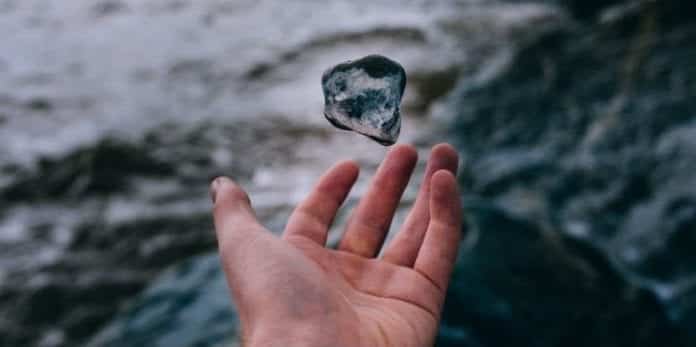Physicists have found a second state of liquid water
Researchers have been investigating the physical properties of water and it turns out to be unfamiliar than we could have ever imagined.
Water, which is one of the most essential compounds on Earth, and approximately makes up 60 percent of the human body has been found to hit a ‘crossover temperature’ when it is heated between 40 and 60 degrees Celsius and then it begins to switch between two different states of liquid.
Water is so important to life on Earth, as a chemical compound. We have been misjudging how legally weird it is.
It is difficult to imagine things getting any more complicated than the three basic states: solid, liquid, gas. (A plasma-like state can also form under very rare circumstances.)
However, plain, old water in several ways is not like any other substance on the planet.
With the exclusion of Mercury, water has the highest surface tension of all liquids. It’s also one of the only known substances whose solid state can float on its liquid state, and unlike almost every other known substance, water expands when it freezes.
It also has a strange boiling point. While other hydrides such as hydrogen telluride and hydrogen sulphide, whose boiling points reduce as their molecule size decreases, H2O for such a small molecular weight has a remarkably large boiling point.
“No one really understands water,” Philip Ball points out in Nature. “It’s embarrassing to admit it, but the stuff that covers two-thirds of our planet is still a mystery. Worse, the more we look, the more the problems accumulate: new techniques probing deeper into the molecular architecture of liquid water are throwing up more puzzles.”
Now, physicists have revealed that when the temperatures is somewhere between 40 and 60 degrees Celsius (104 and 140 degrees Fahrenheit), liquid water can ‘switch’ states, displaying a whole new set of properties based on the state it flips to.
An international team led by physicist Laura Maestro from the University of Oxford in the UK considered a number of specific properties of water to find it out.
Things such as thermal conductivity, surface tension, refractive index, conductivity, and the dielectric constant – how well an electric field can spread through a substance – and how they answered fluctuations in temperature between 0 and 100 degrees Celsius – were looked into.
Things started to shift, once the water hit 40 degrees, and properties were altering all the way up to 60 degrees. Somewhere within this threshold, each property had a different ‘crossover temperature.’ This is because the liquid water had switched into a different phase suggests the researchers.
The team put down a few of these crossover temperatures: 50 degrees Celsius for refractive index, about 53 degrees Celsius for conductivity, 57 degrees Celsius for surface tension, and approximately 64 degrees Celsius for thermal conductivity.
“These results confirm that in the 0-100 degrees Celsius range, liquid water presents a crossover temperature in many of its properties close to 50 degrees Celsius,” they conclude.
While it is still not clear what’s going on, the fact that water could be switching between two completely different states of liquid at certain temperatures could be related as to why H2O has such strange properties in general.
Between each other, water molecules preserve only very short-term connections, and these hydrogen bonds are essentially far weaker than the bonds that connect the individual hydrogen and oxygen atoms inside the molecules.
Because of this, the hydrogen bonds that connect water molecules together are breaking and reforming on a regular basis, and yet set structures and ‘rules’ continue within all that commotion. While physicists think that this could be giving water its unusual properties, there is no one who is completely sure as to how it functions.
“Everyone is agreed that one aspect of water’s molecular structure sets it apart from most other liquids: fleeting hydrogen bonds,” Ball writes for Nature.
“These feeble bonds that link the molecules constantly break and form above water’s melting point, yet still impose a degree of structure on the molecular jumble. That’s where the consensus ends.”
While an independent team will be required to reproduce Maestro and her team’s results before textbooks are rewritten to show the four (or 3.5?) states of water that could possibly exist, they say their discovery could have huge effect on our understanding of both nano and biological systems.
“For example, the optical properties of metallic (gold and silver) nanoparticles dispersed in water, used as nanoprobes, and the emission properties of … quantum dots, used for fluorescence bioimaging and tumour targeting, show a singular behaviour in this temperature range,” they write in their paper.
“[It also] raises the question of whether temperature-driven structural changes in water affect biological macromolecules in aqueous solutions, and in particular in proteins, which are the vital functional biological units in living cells.”
The research has been published in the International Journal of Nanotechnology.
Source: Sciencealert

